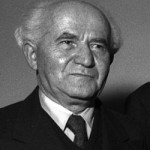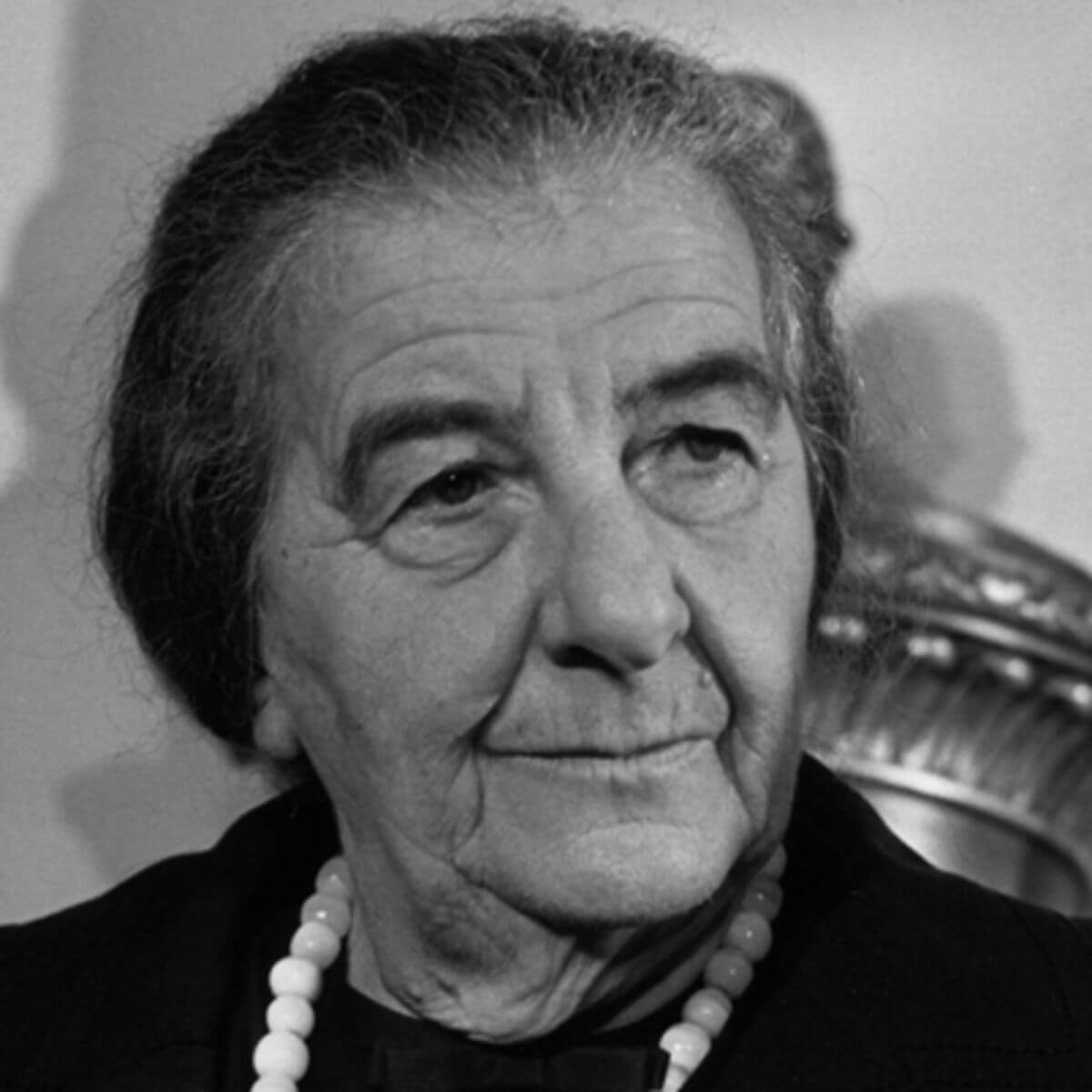After the establishment of Israel, members of the “Beta Israel” community in Ethiopia expected to fulfil their dream of reaching Jerusalem and to immigrate to the new state, like other communities in the Diaspora. But in the first decades of Israel’s existence, there was almost no immigration from Ethiopia. Many treated them with indifference or suspicion, and the issue of their Jewish identity formed a major obstacle to positive action on the part of the state.
In this publication, the ISA presents the struggle for the immigration of Ethiopian Jews since 1948 – the processes that led to the recognition of the Jews’ right to immigrate according to the Law of Return, the early stages of emigration by individuals and then hundreds of Jews from Ethiopia, the secret IDF operations from Sudan in the early 1980s, and especially the steps that led to the first major airlift, “Operation Moses”, which took place over six weeks (November 1984-January 1985). In this operation, over 6,000 Jews left the refugee camps in Sudan, with the assistance of the American government. It was halted by the Sudanese government before the mission was complete, following leaks that provoked a stormy public reaction. Almost three months later, the Americans carried out another operation, thus ending for the time being the mass immigration of Ethiopian Jews.
The selection of documents published here, many of them declassified for the first time, include government meetings, meetings of the Committee of Ministers for Security, discussions of the Knesset’s Aliyah and Absorption Committee, discussions of the Forum for the Rescue of Ethiopian Jews, reports from the head of the Mossad – the Institute for Intelligence and Special Operations to the Prime Minister and correspondence from the Ministry of Foreign Affairs and other government ministries that were involved in setting policy, organizing immigration and planning and carrying out “Operation Moses”. We found very few documents in the files from the summer of 1984, the critical period before the operation. We have filled in the gaps from other sources, including research and testimonies and an interview with the Military Secretary to the Prime Minister at the time, Brigadier General Azriel Nevo.
In recent years, the dramatic story of the aliyah activists from Ethiopia, the arduous journey to Sudan and the activity of the Mossad to rescue the Jews from the refugee camps is gradually becoming known to the public and an integral part of the story of Israel. The publication of the State Archives refers to these issues, but its uniqueness lies in the insight it provides into the decision-making process at the highest levels of government, the considerations that guided them, the obstacles in the way and the degree of commitment of four prime ministers – Yitzhak Rabin, Menachem Begin, Yitzhak Shamir and Shimon Peres – in office during the period after 1973, who shaped policy on immigration.
The publication also shows the part played by the immigrant organizations from Ethiopia, whose members were anxious for the fate of their relatives and sought to act on their behalf before it was too late, the activities of bodies such as the Public Council for the Jews of Ethiopia headed by Minister Mordechai Ben-Forat, and the role of the Mossad and of the Jewish Agency who were tasked with the implementation of the plan. The documents kept in their archives will add to the picture and enrich it. Important material is also found in the files of the Ministry of Foreign Affairs, even though it was not a party to the secrets of operational affairs. The Ministry had to deal with the actions of another partner in the struggle, set up by American Jews – the American Association for Ethiopian Jewry – AAEJ, which to this day sees itself as the body that managed to convince the state to accept responsibility for bringing the entire “Beta Israel” community to Israel and to influence the US Administration. Despite criticism from Jewish circles in the Diaspora and in Israel, the operation to bring the Jews of Ethiopia to Israel was characterized by close cooperation with world Jewry. US Jewry financed a significant part of the operation and assisted in the effort to mobilize Congress and the Administration to action. Their efforts are expressed in the documents in the files.
Archival material by its nature reflects the reality within which it was created and the terminology used by the creators. For this reason, many of the files that we used refer to the Ethiopian Jews as “Falashas”, a name that the members of the community viewed as a derogatory one, which is not used today.
The documents are accompanied by historical introductions and a detailed list of the files in which they were found, allowing a broader documentation review on this subject. Some of the documents in the publication were taken from files that could not be declassified. In these cases, the original file number was not specified.
The English version consists of a list of documents and summaries of their contents and links to 8 documents in English. Chapters 2-5 and the Hebrew documents can be seen on our website in Hebrew. The first chapter of the publication, which was issued in 2020, is also available in English. We hope that more will follow.
Our thanks go to the staff of the Declassification Department of the Israel State Archives and the staff of the Military Censorship who helped us with dedication to reveal the necessary material, and to the Mossad, which approved the presentation of documents that expand the picture and provide us with a view of an operation that, even for Mossad personnel, was unusual in its goals and method of operation. Thanks are due also to the “Anu” museum, the Tel Aviv University library, the AAEJ Archive Online and Mr. Shmuel Yilma from the Yerusalem Forum for the use of the photographs from the booklet on Ferede Yazezew Aklum, “The Power of One”.
The publication’s time frame ends in 1985. We hope that in the future we will include material on later immigration, especially “Operation Shlomo” which took place in 1991, and on the process of absorption of the community in Israel and the challenges involved.
This publication adds to a series of others on the Jews of Ethiopia: a special publication (also in English) on the witness testimonies filled out by immigrants in the second decade of the 21st century, as part of the commemoration project for the Ethiopian Jews who met their death on the way to Israel and a publication on the Navon Committee for Examining the issue of the blood donations by the Ethiopian Jews. With the help of Minister of Absorption Pnina Tamano-Shata and the Ministry of Absorption, we were also able to declassify recent files from the ministry.
See more



